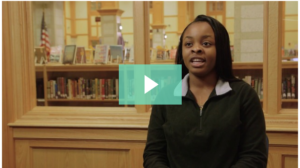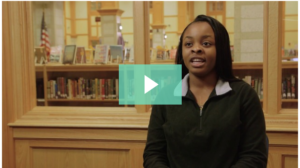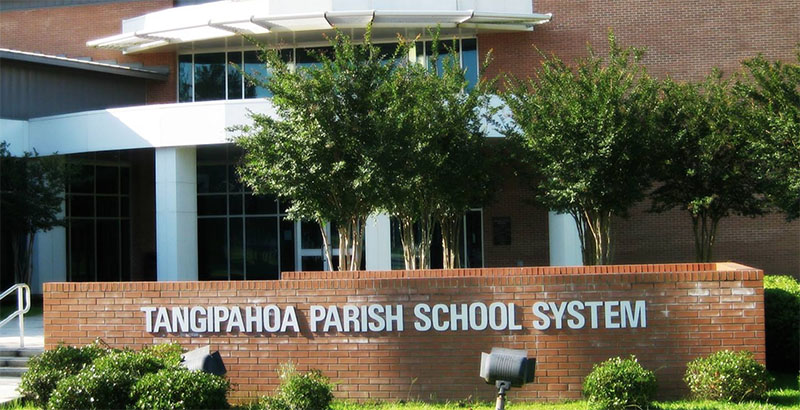Nearly every middle and high school gives students a voice on campus in some way, but many schools miss the opportunity to make student voices really matter. Student voice is an area that I’ve been passionate about for a long time. When I was a student at North Hollywood High School in Los Angeles Unified, I participated in several meaningful programs that gave students a real voice in solving problems and helped many students develop leadership capacity (and not just the usual suspects!). Here are four strategies to make student voices really matter in your school.
Through my work at Panorama Education, I’ve seen strong models for how student voice can make a difference on campus.
Before looking at these models, we need to address who we see as “student leaders.” Consider thinking outside the typical profile to engage the students who can grow the most from this leadership moment – not just top students, or team captains. When I was in high school, I saw student voice become important for many of my peers who didn’t connect with school in other ways. Also, many effective principals try to identify the students who naturally emerge as leaders among their peers, and enlist those students as partners in improving the school.
Planning the next student dance is fun, but students can do so much more. Here are four models for how schools can empower their students to participate in decision making and improving school culture.
1. Reframe the mission of student council
Use these approaches to reorient the purpose of student council to launching big projects and solving problems:
- Engage the whole school to help set priorities. Student leaders create a list of the top five issues at school. During advisory or homeroom, ask students across campus to vote on the two issues they think are most important to address this semester. The student council makes action plans to address the top issues.
- Involve the whole school in tackling major issues. Student leaders spread out across the school with guiding questions around a tough school issue (e.g., bullying) and how it could be solved. Student leaders draw conclusions from their fellow students’ perspectives and suggestions, and create action plans.
- Manage the survey process. Empower the student council to proctor the student feedback survey, explaining the purpose of the survey, reading out instructions to their peers, and fielding questions.
2. Share data with students about what’s happening at school
Convene a new student leadership group at your school: the Data Advisory Group. This group would meet regularly to review and understand school data, in order to reveal successes and important areas for improvement. Students participating in this committee can build math, statistics and coding skills by looking at school data. Ask the group to make recommendations to the principal, who will then report back on actions taken.
3. Involve a student in every major decision
In California, the State Board of Education includes one student serving a one-year term. The student is a first-class member of the board, casting votes on everything from textbook selection to English learner programs. Take a page from the state’s playbook, and put a student on every major committee and involve them in big decisions at the school.
Truly consulting with students and inviting them to sit on school committees with a full seat at the table can win respect from the student body and sends an important signal to everyone that it’s important listen to students’ perspectives.
4. Convene a student action conference
Want to really take student voice to the next level? Block off a Saturday and invite students to participate in a “Student Action Conference.” Have students identify and prioritize areas for improvement at the school, and then have students propose solutions in each area. For example, when I was in high school, I worked with my peers to organize the Youth Action Summit on Education, with support from the school district and the city. Students from across Los Angeles created four proposals, focused on promoting college opportunities, increasing course rigor, building better awareness of career possibilities and improving student health and nutrition.
Make student voice a real leadership moment
No matter which strategy or activity you’re excited to try with your students, push your whole community to make student voice an opportunity for students to meaningfully expand their capacities to lead. Make use of student voice information and school resources, including posters and discussion guides for all grade levels. And join the conversation on Twitter to share what’s working in your schools.
This post was originally published as a commentary for EdSource.







.png?width=350&height=212&name=pano-ft-rsrce%20(1).png)